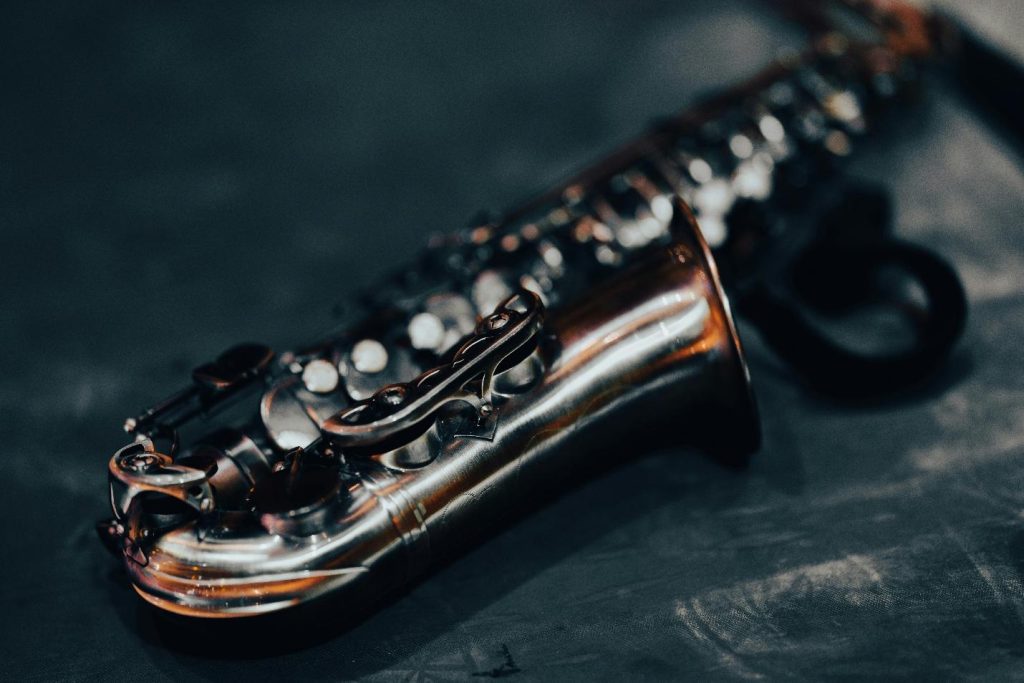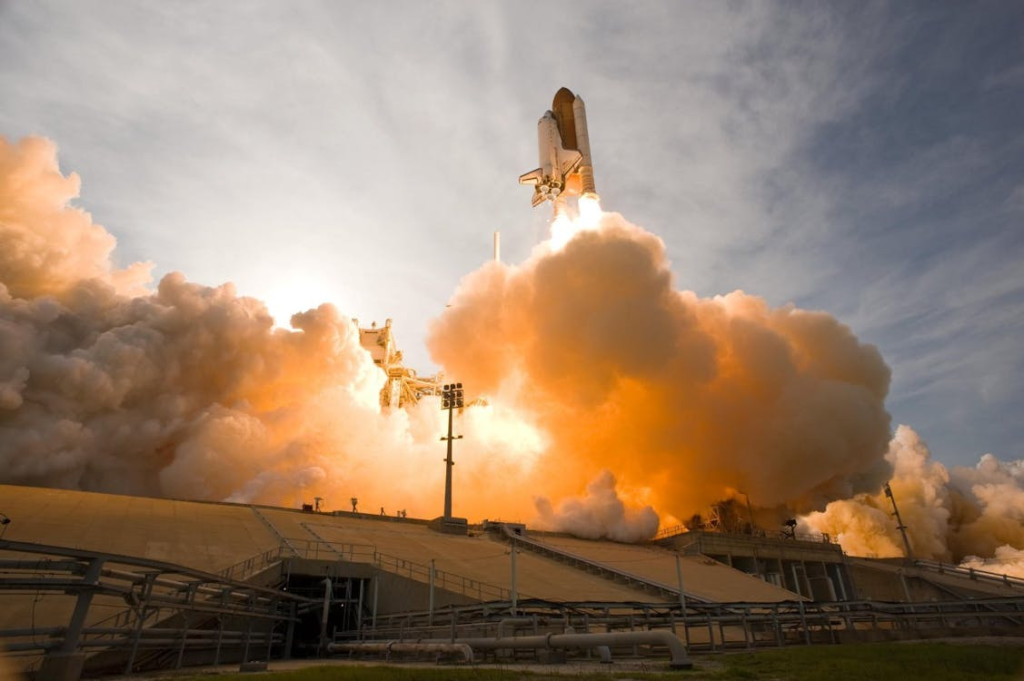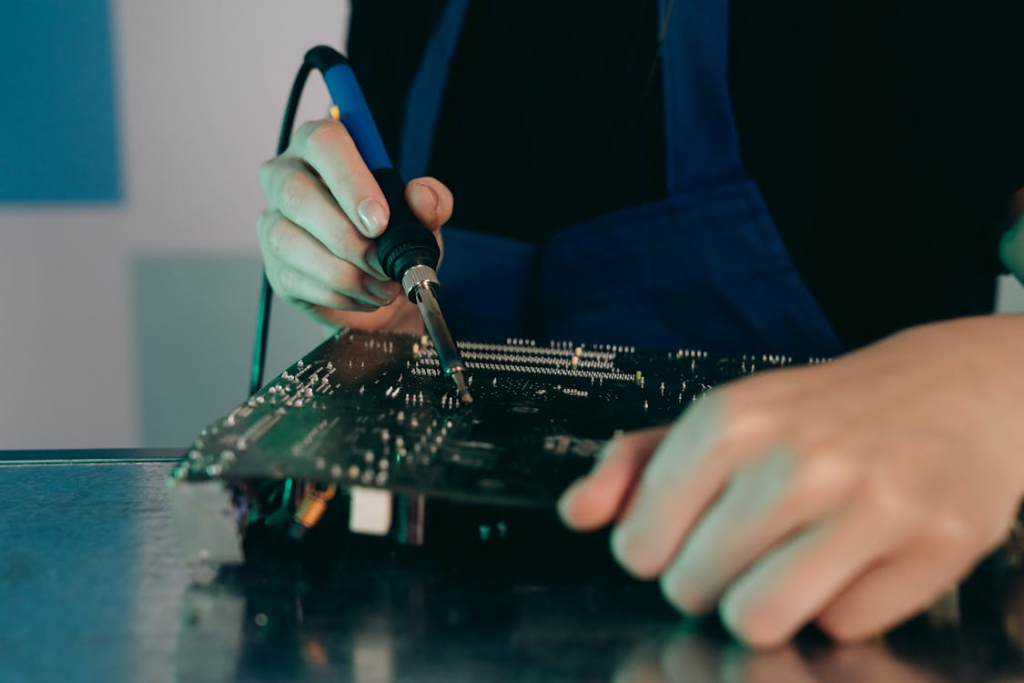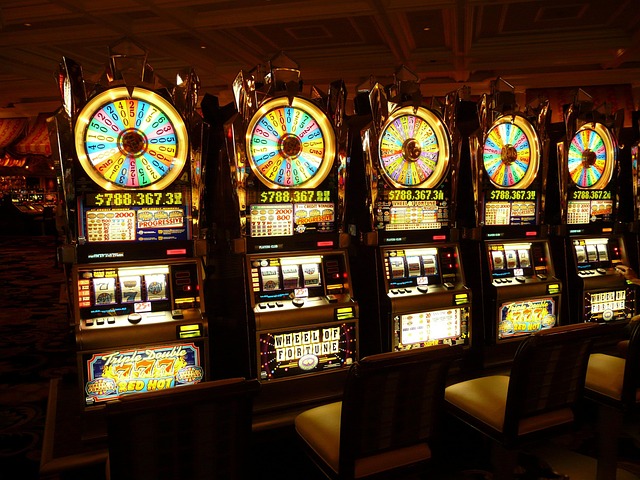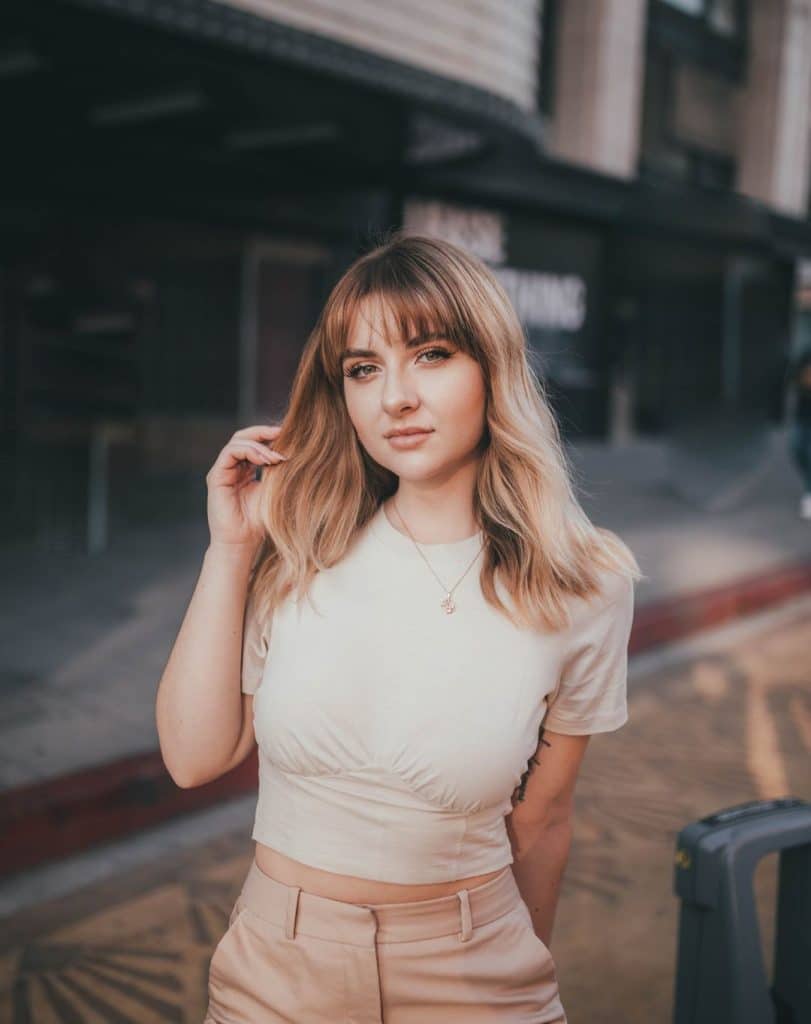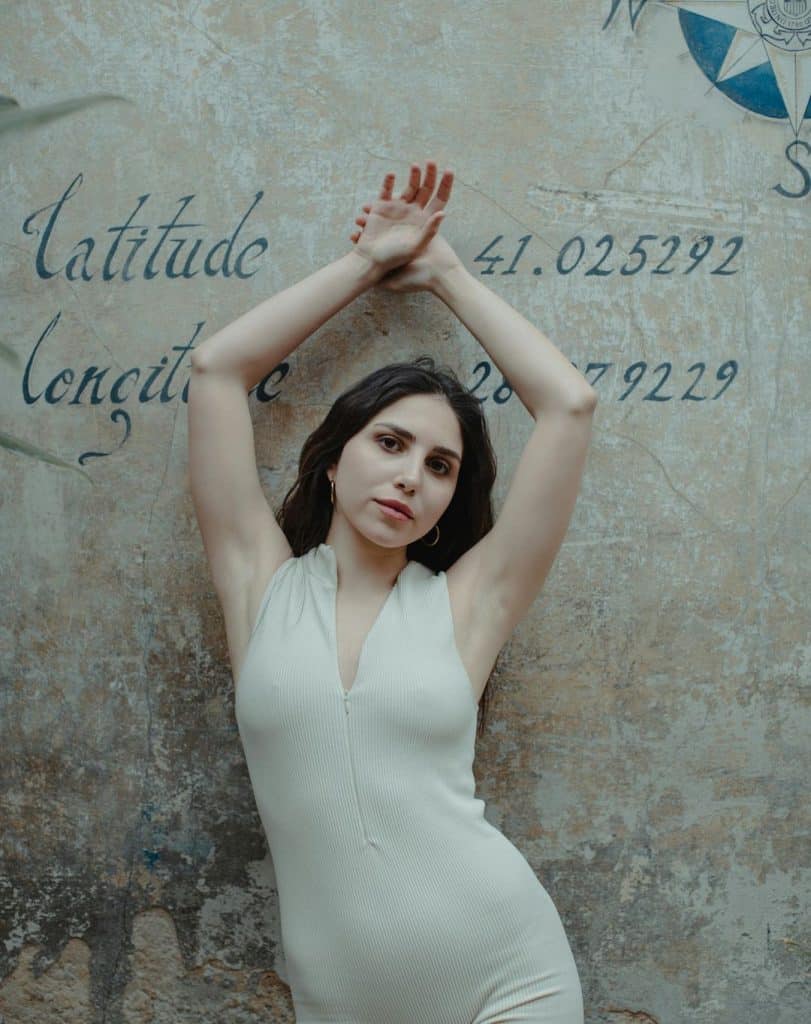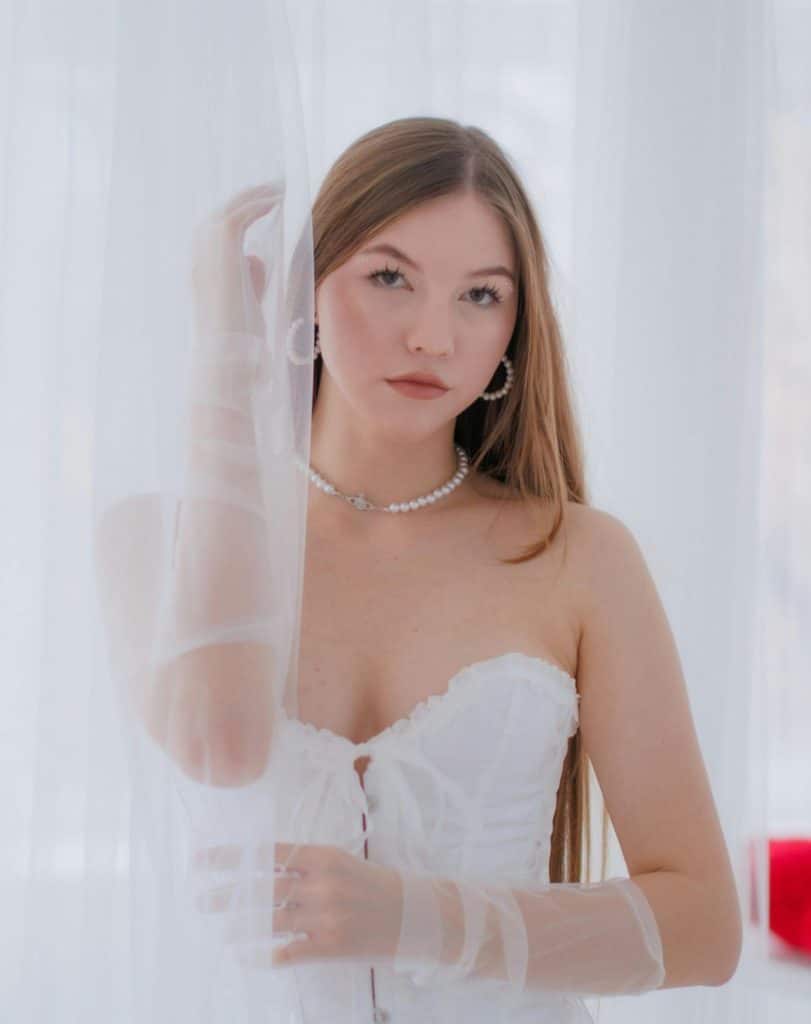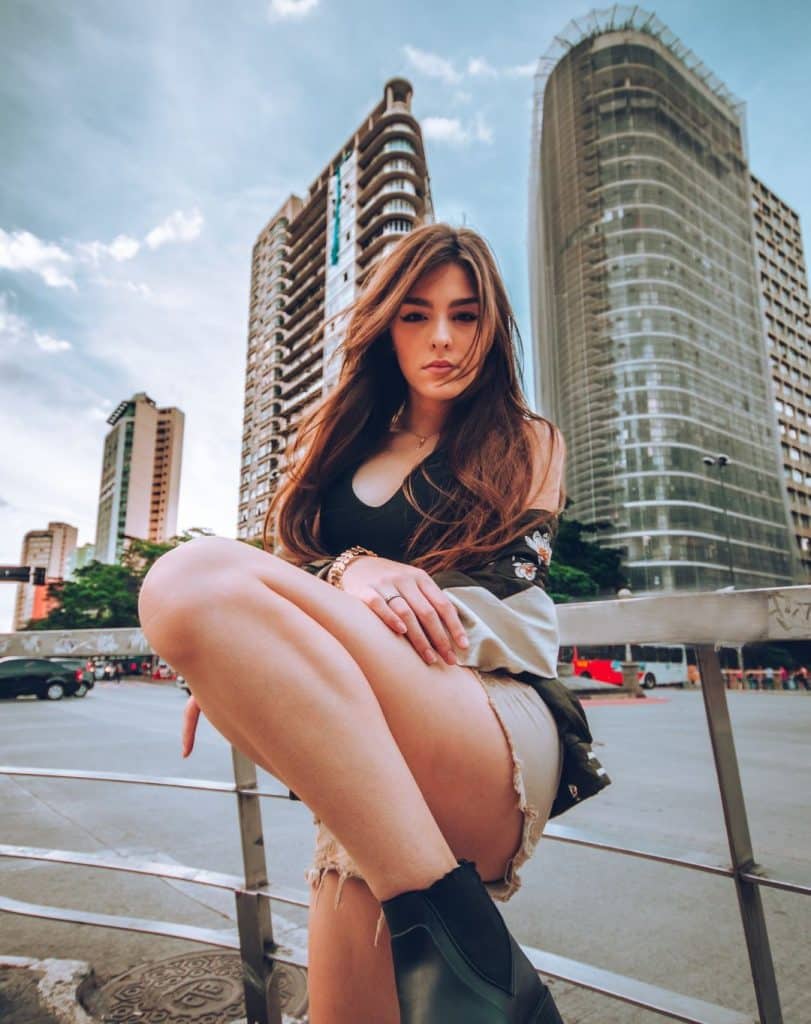Photo by engin akyurt on Unsplash
Jazz is a musical genre deeply rooted in history, emotion, and artistic innovation. Its dynamic rhythms and improvisational nature align seamlessly with the visual and auditory elements of cinema. The combination of jazz and film offers a unique platform to express cultural narratives and preserve the legacy of jazz musicians and their communities. Film producer and philanthropist Dana Guerin explores how, through storytelling on screen, these artists’ contributions continue to resonate, ensuring their voices endure beyond the performance.
Jazz on Film: Preserving Music and Memory
More than entertaining, Jazz documentaries serve as time machines, preserving the sound and the context in which jazz was born. Film preserves music and the energy of distant clubs, crowded stages, and vibrant street corners. With each frame, these films safeguard the roots of jazz and ensure they reach new ears and eyes.
Filmmakers choose many paths to tell these stories. Some focus closely on the personal journeys of jazz legends, drawing on interviews, family stories, and rare photographs. Others zoom out to show big moments, letting the music guide the story. Some mix historical commentary with electrifying full-length performances, putting the viewer right in front of the stage.
Jazz documentaries stand apart from concert films by framing the music in its broader journey and examining how jazz moved through towns, crossed oceans, and found new shapes in the hands of different artists. This way, audiences see and feel how jazz connects generations and shapes culture.
Jazz documentaries come to life in two powerful ways. Some dive into the private worlds of musicians, opening the door to home studios, backstages, and living rooms. They use interviews, diary entries, and family stories to build a tapestry of struggle, hope, and creativity. These films expose the highs and lows of a musician’s journey, revealing the person behind the public image. Others focus on the music itself. Through carefully shot live performances, they give as much space to the sound as the story.
“The sweat, the shouts from the crowd, the energy of the soloist, these moments build a sense of presence that words can’t match,” says Dana Guerin. “Audiences feel the risk and excitement of jazz in the moment, unfiltered and alive.”
The most effective films often mix both styles, connecting the musician’s life to the music they create. Audiences come to understand that each note carries a story of hardship, joy, hope, and survival. By weaving narratives with live performance, these documentaries become records of sound, and they are acts of empathy and witness.
The Power of Film to Capture Jazz’s Essence
Jazz is a way of facing the world, a dance with uncertainty, a shout against silence, a celebration of freedom. Film, with its tools of light, movement, and montage, echoes this spirit by capturing the mood and spontaneity at the heart of jazz.
Cameras track wandering musicians through swaying crowds, glide between instruments, or sit still during a solo, letting the tension mount. Lighting can turn a smoky club into sacred ground or reveal a musician’s smile in a sharp flash, telling its own story. Editing shapes how the audience experiences improvisation, capturing the swirl of notes that mark jazz’s signature.
“When film does its job well, it makes audiences feel the jazz,” notes Guerin. “An electric bass line cuts through darkness. Fingers blur across piano keys. The hush before the first note, the crowd’s gasp after a perfect riff—these are moments that linger in memory, pulled forward into new generations.”
Filmmakers use a bag of visual tricks to mirror the energy and pulse of jazz. Handheld cameras create a sense of movement, letting viewers feel the rhythm in each shaky frame. Quick cuts echo the riffs and runs of a wild solo, while smooth pans calm nerves for slow, bluesy ballads.
Close-up shots focus on faces and showcase smiles, grimaces, and nods to the drummer, bringing viewers into the musicians’ private worlds. Lighting shifts with the mood. Deep shadows suggest mystery or tension; bright lights throw every emotion into sharp relief.
When a camera lingers on the sweat on a saxophonist’s brow or the calloused hands of a bass player, viewers feel the physical cost of the music. Small details like a broken string, a nervous glance, the flash of a trumpet’s bell capture jazz’s unpredictability and its joyful risk-taking. Some films use bold colors or black and white to evoke different eras or moods.
Slow-motion footage can stretch out a single, heartbreaking note, making time bend to the beat of the music. Animation and graphic overlays add extra layers, turning music into something almost visible. These visual choices let audiences do more than listen. They invite viewers to step onto the bandstand and into the story. The result is an experience of jazz that is as much felt as heard.
Conveying Jazz’s Social and Cultural Landscape
Jazz never grows in a vacuum. Its stories are tied to migration, race, and the promise of new starts. Many documentaries remind viewers that jazz is born from the lives and struggles of entire communities.
Films often trace the roots of jazz from Southern work songs, gospel hymns, and city blues to the bustling scenes of Harlem, Chicago, or New Orleans. They show how jazz moves with people, carrying dreams and memories through train stations, nightclubs, and city streets.
“Documentaries also bring lesser-known players to the light, sharing stories of women and musicians from marginalized communities who shaped the genre against heavy odds,” says Guerin.
The story of Mary Lou Williams’s tireless teaching or Sun Ra’s cosmic experiments reminds audiences of jazz’s broad reach and endless creativity. Some films like “A Great Day in Harlem” or “Keep On Keepin’ On” combine interviews with archival footage, letting elders guide viewers through decades of change. Others shine a light on overlooked neighborhoods or districts where jazz still thrives today.
These stories widen the picture of jazz, connecting its highs and lows to the rhythms of cities and towns beyond the big club stages. By including the voices of those often left out, jazz documentaries expand our sense of what jazz means and who it belongs to. They remind audiences that at its heart, jazz is a shared language, a way of resisting, celebrating, and remembering together.
Film is a trusted witness to the life of jazz, capturing its sound, its soul, and its sense of possibility. Through personal stories, electrifying performances, and sharp visual storytelling, documentaries keep jazz fresh and relevant. These films bridge generations. They turn records and legends into living stories, ensuring that the spirit of jazz remains within reach.
As new audiences press play, they find not a relic, but a living, breathing art form waiting to speak anew. Telling jazz stories through film is a tribute and a promise. Cinema holds open the door for jazz, inviting each generation to listen, remember, and add their own notes to the song.


